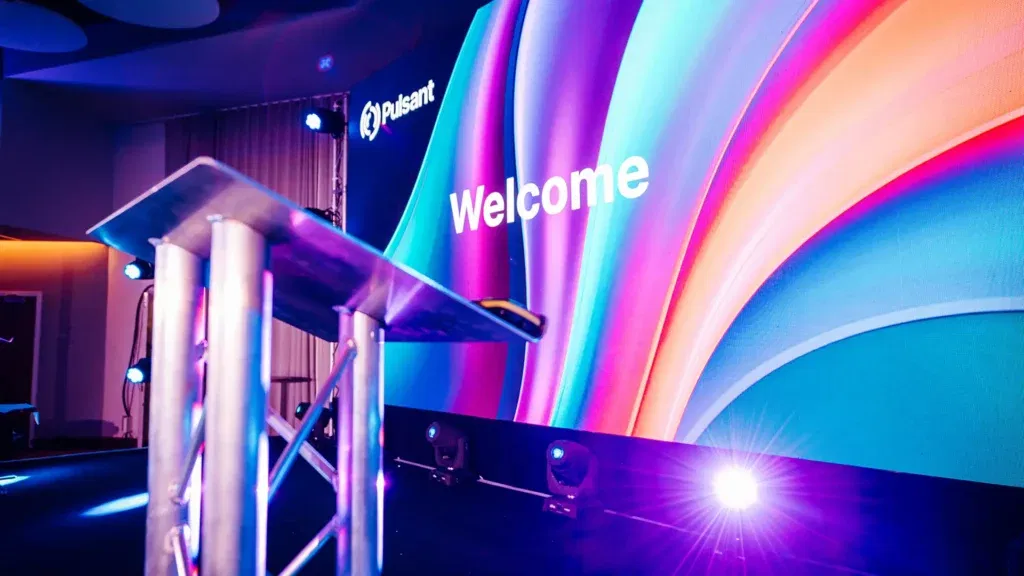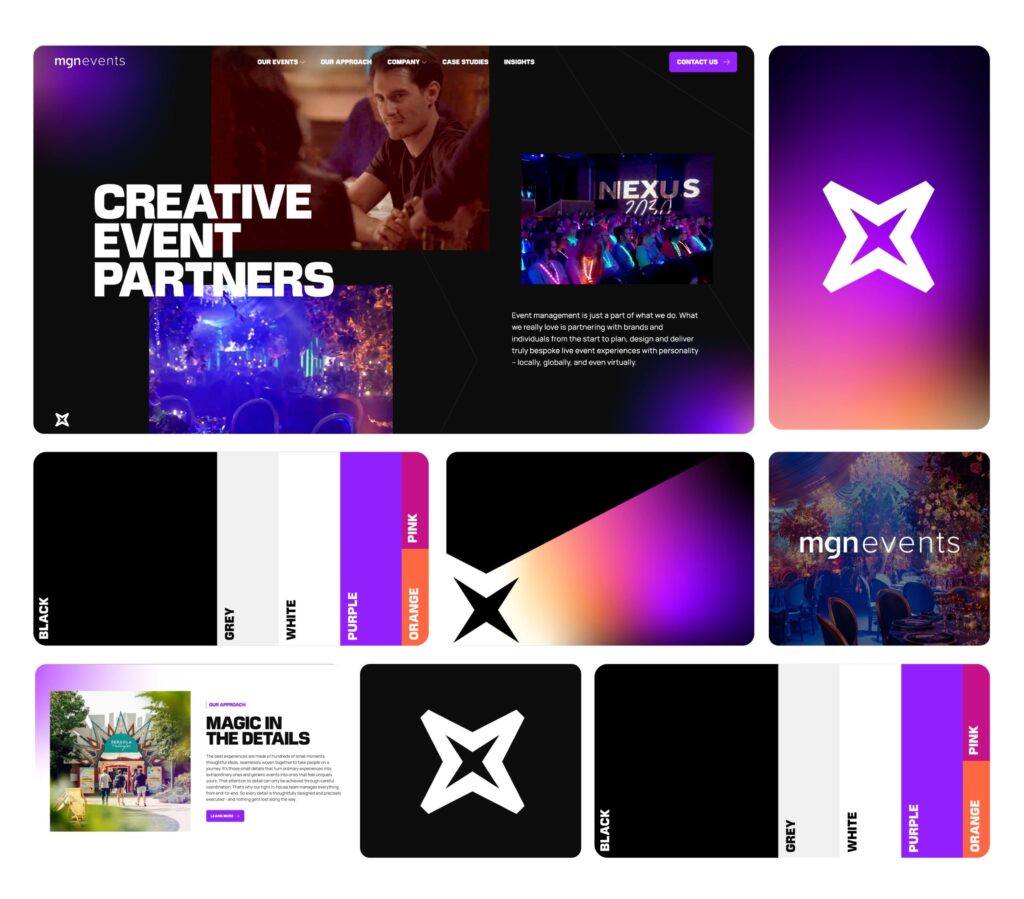Insights
The latest fromour experts

Brand Experiences
How to rebuild team trust at a Sales Kick Off after difficult change
July 2025
Private Events
32 Party Theme Ideas Perfect For Your Next Celebration!
January 2025
Resources
PLANNING EMPLOYEE EVENTS: THE ULTIMATE GUIDE
January 2025
Private Events
The High-end Big Birthday Inspiration and Planning Guide
May 2025
Culture
New Look, Same Excellence: Rebranding for A New Era of Unforgettable Events
July 2025
Brand Experiences
Brand Festivals: How to Plan a High-Impact Experience That Connects People, Purpose and Performance
July 2025
Brand Experiences
2025’s Hottest Corporate Summer Party Themes
March 2025
Private Events
8 tips for planning a lavish birthday party experience
April 2025
Resources
Corporate Summer Party Planning Guide for 200+ Guests
March 2025
Private Events
What Type of Marquee Should I Have For My Party?
April 2025
Culture
MGN Events Relocate To Prestigious Windsor Base
May 2024
Brand Experiences
27 Corporate Summer Party and Event FAQs Answered!
May 2025
Brand Experiences
Corporate summer party planning guide for 200+ guests
March 2025
Private Events
Birthday Parties in London
March 2025
Resources
LUXURY PARTY INSPIRATION GUIDE
April 2025
Private Events
How experiential luxury is emerging to meet the expectations of wealthy consumers in a post-pandemic world
February 2024
Culture
Kat and Jamie go to the Paris 2024 Olympics!
August 2024
Brand Experiences
Our Venue Finding Services
July 2024
Brand Experiences
5 tips for setting the right tone at your corporate event
February 2025
Private Events
HOW CONCIERGE SERVICES ARE TRANSFORMING LUXURY
February 2025
Resources
COMPANY CHRISTMAS PARTY GUIDE
January 2025
Private Events
Your FAQs answered: Kick-start your exclusive birthday party experience
February 2025
Brand Experiences
5 Top team away day ideas for summer
April 2025
Private Events
How to decorate a marquee for a birthday party
March 2025Contact us
Let’s make
it happen
Looking for a creative event partner to help turn your event into an unforgettable experience? Drop us a line. Whatever you can imagine, we can make it happen.